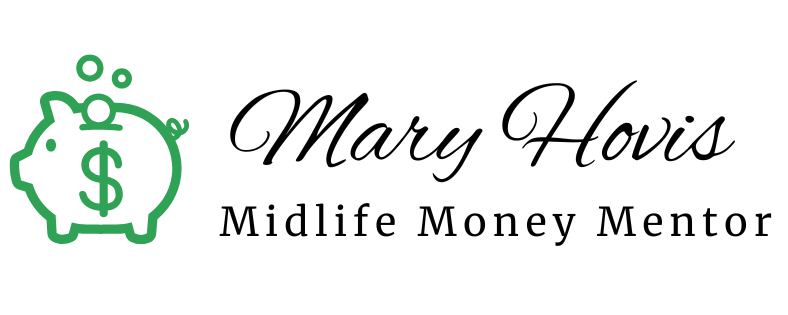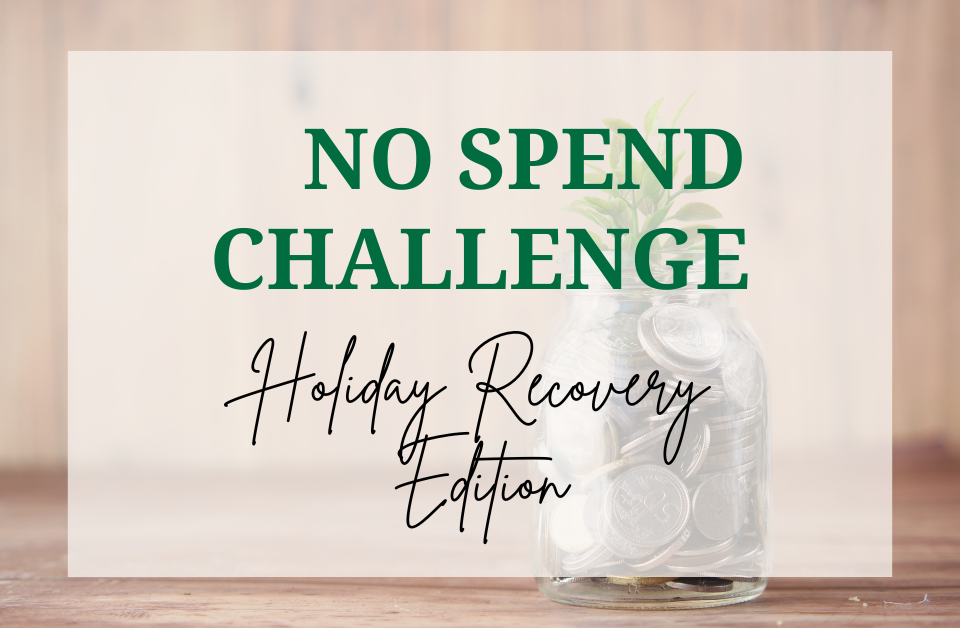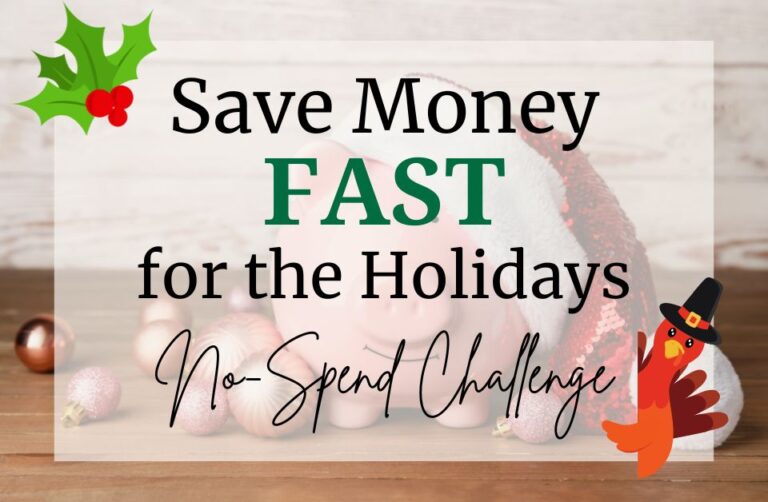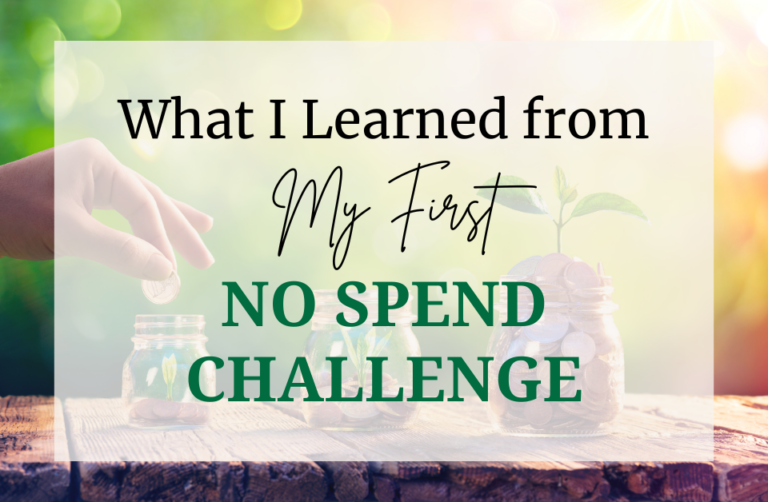Am I the only one in a little bit of a panic thinking about those holiday credit card bills coming due?
January is the perfect time to recover from the gluttony of the holidays. Let’s be preemptive and start slashing spending now. Redirect your money to pay off holiday debt fast! Join me for a no-spend challenge!
If you have been around here for a while, you may have noticed I’m a big fan of the occasional no-spend challenge. At the first of the year, I have a time when I reset my house as I find places for all the presents and put away decorations after guests leave. As I am doing my home reset, it always makes me realize how blessed I really am. My heart is full of new memories and special times. I usually have new clothes or accessories to wear. My freezer is overflowing with leftovers and other great food gifts.
It is a perfect time to snuggle in at home and nest and appreciate what I already have.
Why Do a No-Spend Challenge?
A no-spend reset helps you get back on track after extra holiday expenses. By reducing your spending to bare bones, you will find extra money. Plus, it allows you to turn your attention to other things besides accumulating more, more, more and always shopping or running errands.
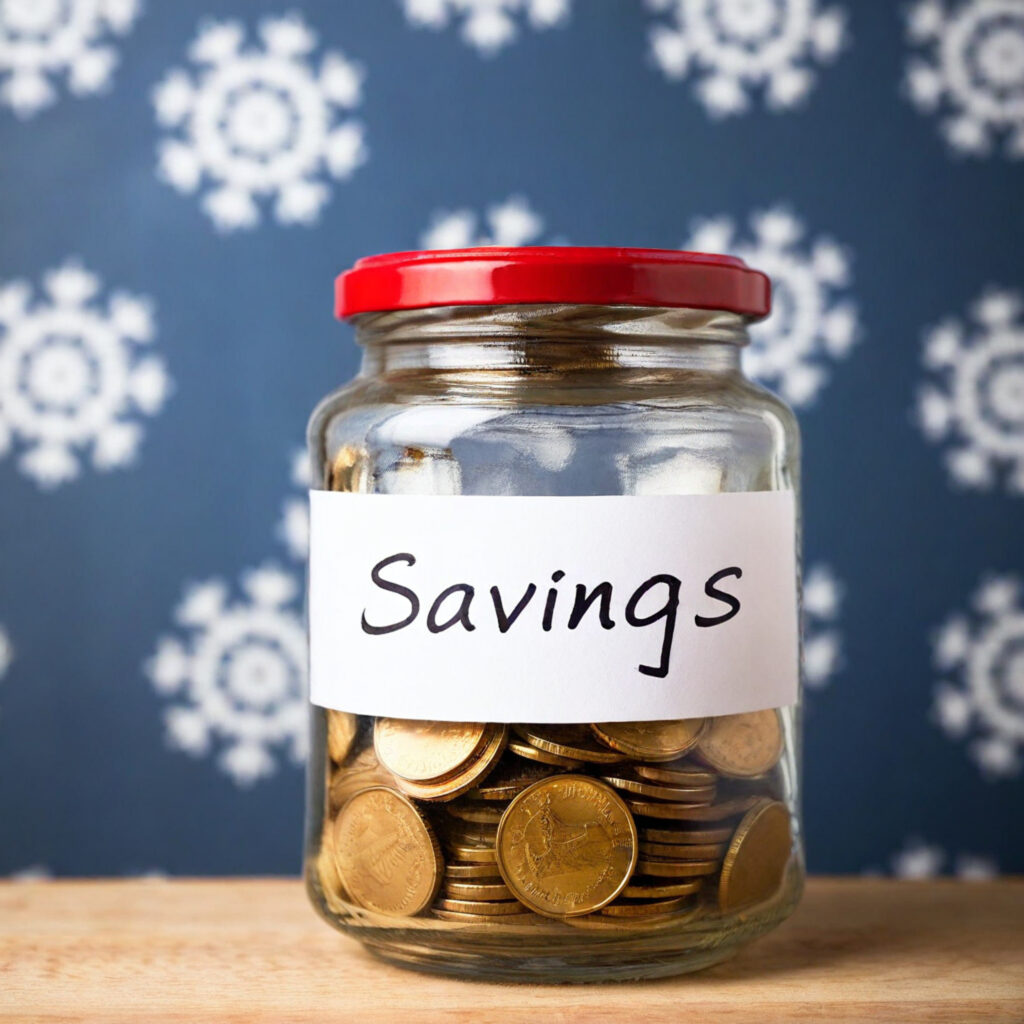
How to Do a No-Spend Challenge
The No-Spend Challenge is exactly what it sounds like – a commitment to avoid unnecessary purchases for a set period. For the month of January, you’ll only spend on absolute essentials. The goal is not only to save but also to become more mindful of your spending. It’s a powerful way to free up extra cash that can help cover post holiday credit card bills, reduce financial stress, and focus on your goals as you recover from one of the most expensive and busy times of the year.
A No-Spend Challenge is very easy in theory. Just don’t buy anything! However, that can be difficult to do in reality. Here are a few guidelines to make it more realistic for you to accomplish.
Set Your Rules
Not all spending is off-limits- you still need to cover the essentials. I’m not suggesting you skip groceries, ignore your mortgage, or forgo gas for your car. You know what your essentials are.
What’s off-limits? Pretty much everything else: dining out or takeout, impulse shopping, new clothes, and extra entertainment costs (movies, streaming services, etc.).
Use what you have first. Figure out creative and new ways to use leftovers. This time of year, I substitute turkey for chicken in all my chicken casserole recipes. Nobody notices or complains.
Can you wait to make a purchase? If not, figure out alternatives using what you already have. Stymied on what to do in the meantime? Pinterest is my favorite resource for upcycling ideas or creative leftover concoctions.
The goal is to eliminate anything that isn’t necessary for your survival or daily functioning during this month.
Brainstorm How to Make it Happen
This is a straightforward challenge, but it’s not always easy. It looks ideal as you read this post, but how does it translate to real life? After all, you still have to figure out morning coffee, daily meals, and tempting sales.

With a few minutes of reflection, you can identify where this challenge will be difficult for you. Some pre-planning will increase your chances of success. Many non-essentials are easy to spot, but it’s the sneaky ones that require more mindfulness.
For instance, how will you handle coming home from work, feeling too tired to make dinner, and defaulting to ordering something through an app? Before you start this Challenge, look through your pantry, freezer, and refrigerator to see if you can use up some of your supplies. If meal planning isn’t your forte, consider picking up a few ready-to-eat meals from the grocery store to have on hand. Knowing you can pop something into the oven and have dinner on the table in 30 minutes will save you money and stress.
Unsubscribe from sales emails from your favorite stores. This is a great way to avoid temptation! Need a new outfit? Shop your closet first. If you don’t like what’s in your closet, box up items to donate to the thrift store! Use your time to manage your life more effectively.
Do you always stock up when something is on sale? It’s easy to add extra to your cart during routine shopping. Only buy what you need right now. There will be another sale.
With a little preplanning and mindfulness, you can set yourself up for a successful No-Spend-Challenge.
Track Your Progress
To maximize the challenge, it’s important to track your progress. Record what you spend money on (if anything) each day and reflect on whether it was truly essential. To keep it simple, use a notebook, spreadsheet, or app.
Make notes on when you were tempted to spend but chose not to. Write down how much you saved. This helps you stay accountable to yourself. See how much these savings add to when you avoid non-essential spending.
Observing where your money would have gone can be eye-opening. Much of our spending is habitual and doesn’t enhance our quality of life. Challenges like these help you become aware of your unconscious spending patterns.
Protect Your Savings
The whole point of this Challenge is to save money, so don’t let it sit in your checking account, where it will slowly dwindle away! Instead, take the money you’ve saved and physically separate it from your regular account. Move it to a specific savings account, or go ahead and make an extra payment on a credit card.

Reflect & Adjust
Once the month is up, take a little bit of time to reflect. How much did you save? Did you miss anything that you cut out? Could you maintain some of these habits even beyond the Challenge?
This reflection period is crucial because it helps you identify where you might be spending out of habit rather than necessity. Use these insights to adjust your budget moving forward and consider how you can align your spending with your larger financial goals year round.
Final Thoughts
The No-Spend Challenge is a quick and effective way to reset financially after the holidays. You’ll save money, build better spending habits, and, most importantly, feel more in control of your finances as you start a fresh new year.
So, are you ready to Challenge yourself? Start today, and watch how a small shift in your spending can lead to a lower stress, budget-friendly post-holiday season!
Definitely check back in when your Challenge is up. I would love to hear from you about your successes, creativity, and reflections. Please share your comments below.
